Select an Orthopaedic Specialty and Learn More
Use our specialty filter and search function to find information about specific orthopaedic conditions, treatments, anatomy, and more, quickly and easily.
GET THE HURT! APP FOR FREE INJURY ADVICE IN MINUTES
Shoreline Orthopaedics and the HURT! app have partnered to give you virtual access to a network of orthopaedic specialists, ready to offer guidance for injuries and ongoing bone or joint problems, 24/7/365.
Browse Specialties
-
- Minimally Invasive Surgery (Arthroscopy)
Arthroscopy (Minimally Invasive Surgery)
Arthroscopy is a minimally invasive surgical procedure used by orthopaedic surgeons to visualize, diagnose, and treat problems inside the joint. Because it requires only tiny incisions, arthroscopy can be performed without a major, invasive operation and many procedures can be done on an outpatient basis.
More Info -
- Hip
- Joint Disorders
- Physical Medicine & Rehabilitation (PM&R)
- Sports Medicine
Femoral Acetabular Impingement (FAI) & Labral Tear of the Hip
When bones of the hip are abnormally shaped and do not fit together perfectly, the hip bones may rub against each other and cause damage to the joint. The resulting condition is femoroacetabular impingement (FAI), which is frequently seen along with a tear of the labrum.
More Info -
- Neck and Back (Spine)
- Pediatric Injuries
- Physical Medicine & Rehabilitation (PM&R)
Kyphosis (Roundback) of the Spine
The term kyphosis is used to describe the spinal curve that results in an abnormally rounded back. Although some degree of rounded curvature of the spine is normal, a kyphotic curve that is more than 50° is considered abnormal. There are several types and causes of kyphosis: postural kyphosis, Scheuermann’s kyphosis, and congenital kyphosis.
More Info -
- Physical Medicine & Rehabilitation (PM&R)
PM&R or Physiatry Overview
Physical medicine and rehabilitation (PM&R), or physiatry, is one of 24 medical specialties certified by the American Board of Medical Specialties. This branch of medicine emphasizes the prevention, diagnosis and nonsurgical treatment of disorders related to nerves, muscles and bones that affect movement.
More Info -
- Hip
- Neck and Back (Spine)
- Physical Medicine & Rehabilitation (PM&R)
Sciatica
Most common between 30 and 50 years of age, sciatica is a pain in your lower back or hip that radiates to the back of your thigh and into your leg. Often people think that the source of the pain is the buttock, hip or thigh and seek medical care for a “hip” problem only to learn that the source of the pain is the lower back.
More Info -
- Joint Disorders
- Shoulder
- Sports Medicine
Shoulder Dislocation
A dislocated shoulder occurs when the head of the upper arm bone (humerous) is either partially or completely out of its socket (glenoid). Whether it is a partial dislocation (subluxation) or the shoulder is completely dislocated, the result can be pain and unsteadiness in the shoulder.
More Info -
- Fractures, Sprains & Strains
- Sports Medicine
Stress Fracture
Stress fractures are common sports injuries that occur due to overuse. As muscles become increasingly fatigued and less able to absorb the added shock of a sports activity, the overload of stress is eventually transferred to the bone, resulting in a tiny crack called a stress fracture.
More Info -
- Hand & Wrist
Trigger Finger
With trigger finger, when you try to straighten your finger, the tendon becomes momentarily stuck at the mouth of the tendon sheath tunnel. As the tendon slips through the tight area, you might feel a pop as your finger suddenly shoots straight out. Symptoms may include: a tender lump in your palm, swelling, a catching or popping sensation in finger or thumb joints, and pain when bending or straightening a finger.
More Info







